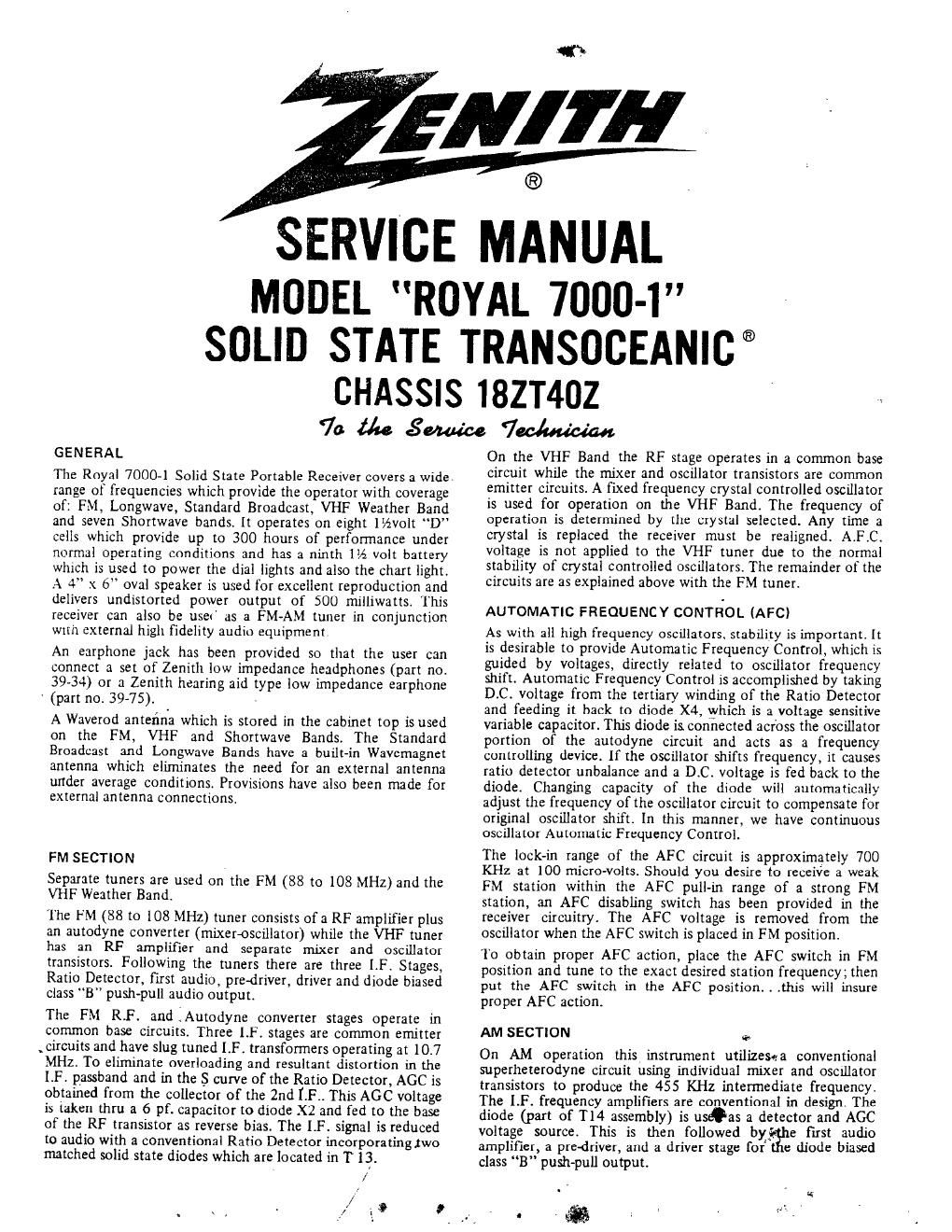Zenith royal 7000 1
This is the 14 pages manual for zenith royal 7000 1.
Read or download the pdf for free. If you want to contribute, please upload pdfs to audioservicemanuals.wetransfer.com.
Page: 1 / 14
